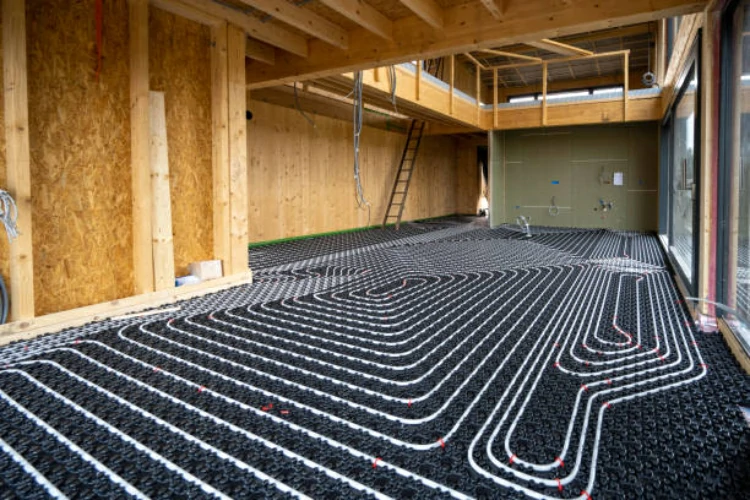Introduction:
Understanding the manufacturing process and material characteristics of PEX pipes is crucial for ensuring their quality and performance. In this article, we explore the intricate details of how PEX pipes are made and delve into the unique properties of the materials used in their construction.
1. Manufacturing Process of PEX Pipes:
1.1. Cross-Linking Methodologies: PEX pipes are manufactured through a cross-linking process, which enhances their thermal and chemical resistance. There are three primary methods of cross-linking used in PEX pipe production: peroxide (PEX-A), silane (PEX-B), and electron beam (PEX-C). Each method has its own advantages and results in varying degrees of cross-linking density.
1.2. Cross-Linking Stage: This process involves subjecting the pipe to heat or radiation, depending on the chosen cross-linking method. The degree of cross-linking determines the final properties of the PEX pipe, including flexibility, resistance to chemicals, and thermal conductivity.
2. Material Characteristics of PEX Pipes:
2.1. Flexibility and Durability: PEX pipes are renowned for their exceptional flexibility, enabling easy installation around corners and obstacles without requiring additional fittings. Despite their flexibility, PEX pipe exhibit remarkable durability, resisting cracking and corrosion even under harsh conditions.
2.2. Thermal Properties: One of the key advantages of PEX pipe is their excellent thermal performance. PEX pipes have low thermal conductivity, meaning they retain heat more effectively than metal pipes. This property makes them ideal for hot water distribution systems, as they minimize heat loss and improve energy efficiency.
2.3. Chemical Resistance: PEX pipes demonstrate high resistance to various chemicals, including chlorine, acids, and alkalis. This chemical resistance ensures long-term reliability and prevents degradation of the pipe material, even when exposed to aggressive substances commonly found in plumbing systems.
2.4. Cost-Effectiveness: Compared to traditional metal pipes, PEX pipe offer a cost-effective solution for plumbing and heating applications. Not only are they more affordable to manufacture, but they also require fewer fittings and joints, reducing installation time and labor costs.
Conclusion:
PEX pipes represent a versatile and reliable choice for plumbing and heating systems, thanks to their advanced manufacturing process and unique material characteristics. By understanding the intricacies of PEX pipe production and the properties of the materials used, stakeholders can make informed decisions regarding their suitability for various applications. Whether it’s flexibility, durability, thermal performance, or chemical resistance, PEX pipes continue to set the standard for modern piping solutions.
Contact
IFANPLUS is a specialized product series launched by IFAN, primarily covering plastic pipes, fittings, and various types of valves. We offer PPR and PVC pipes in German and American standards, ensuring the high quality and reliability of our products. IFANPLUS valve products include a variety of valves, from PPR valves to other diverse copper valves, catering to your specific requirements. Whatever product you need, IFANPLUS will be your reliable partner. Here is our contact information.
We will reply your email or fax within 24 hours.
You can call us at any time if there is any question on our production.
For more information,pls visit our webside https://www.ifanplus.com/
Pls Mailto: [email protected]






